Psychoanalytic Concepts and Technique in Development: Psychoanalysis, Neuroscience and Physics
$126.00
Description
Psychoanalytic Concepts and Technique in Development offers a clear and thorough overview of contemporary psychoanalytic theory and clinical technique, from a largely post-Freudian, French perspective, but also informed by the work of Klein, Bion and Winnicott. Drawing on the French tradition, Florence Guignard sets out a comprehensive guide to the major drives and concepts in classical psychoanalysis, and how these are understood and employed in contemporary psychoanalytic training and practice, whilst looking ahead to the future of the discipline and drawing upon findings from related fields.
Guignard explores the premise that the way psychoanalysts conceptualize their theoretical field and technical tools conditions the way their therapeutic discipline is practiced. She argues that because their main instrument for healing is their own self, it is of utmost importance to update conceptual tools to think about this. To do so, psychoanalysts can draw upon the latest discoveries in related disciplines like neurosciences and physics. Topics covered in this book include:
- A genealogy of the drives
- the deconstruction of the Oedipus Complex in our contemporary societies
- the role of the psychoanalyst’s infantile part when (s)he is at work
- links between sensorial elements and elements of thinking
- links between psychoanalysis, the neurosciences and physics
Combining significant insights with an accessible style, Psychoanalytic Concepts and Technique in Development will appeal to psychoanalytic psychotherapists and psychoanalysts of all levels.
Author: Guignard, Florence
Topic: Psychology
Media: Book
ISBN: 367185199
Language: English
Pages: 232
Additional information
| Weight | 2 lbs |
|---|





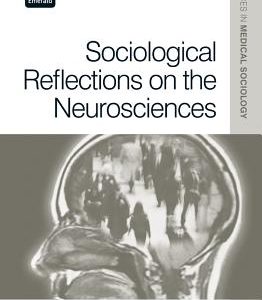
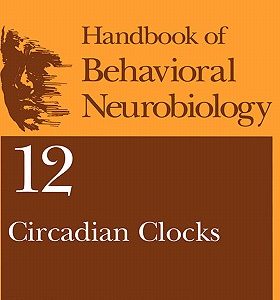
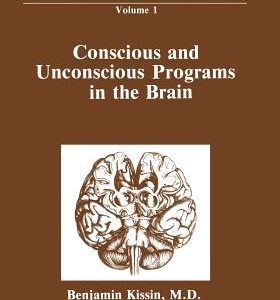
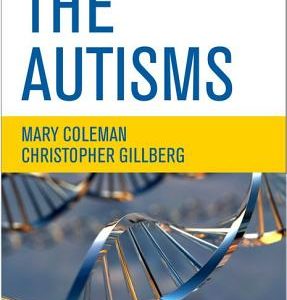
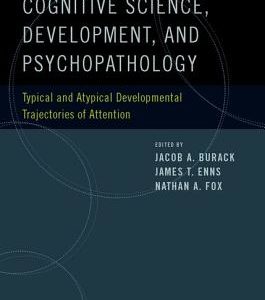
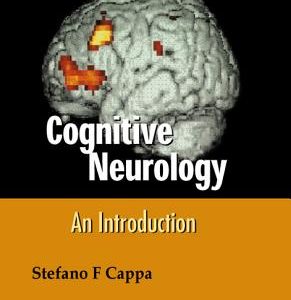
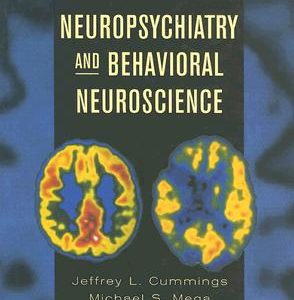
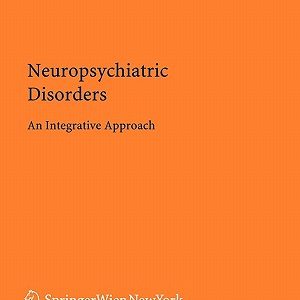

Reviews
There are no reviews yet.